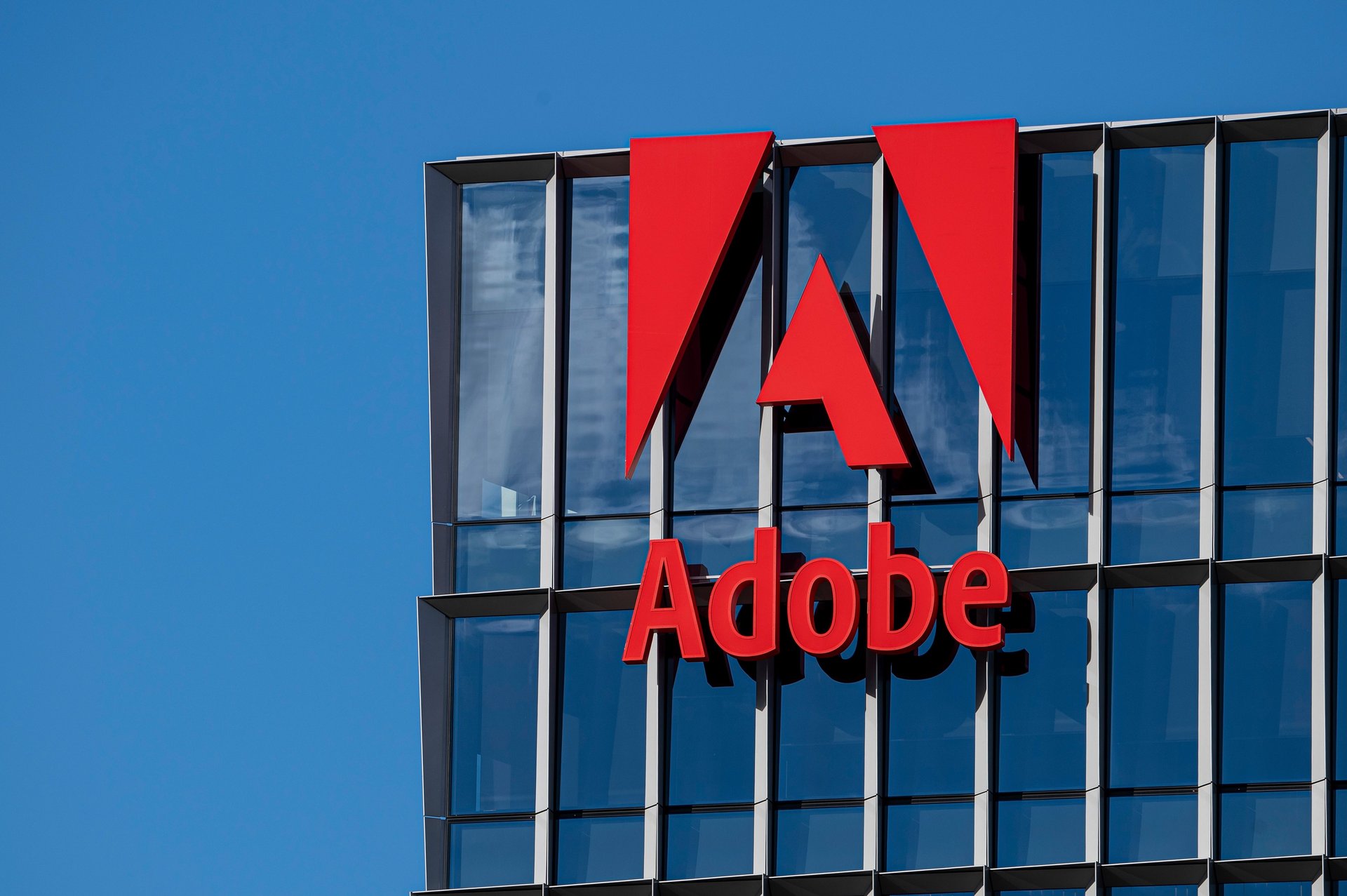'Buy now pay later' is expected to drive $81 billion in online spending this year, Adobe says
During the first four months of the year, BNPL accounted for $25.9 billion of e-commerce sales.

Persistent inflation has forced shoppers to look for cheaper goods. In some cases, that has meant paying off items in small increments. And for the e-commerce industry, that has been a billion-dollar opportunity.
Suggested Reading
According to Adobe Analytics data, consumers are continuing to embrace the option of Buy Now Pay Later (BNPL) as a way to better manage their budgets.
Related Content
During the first four months of the year, BNPL accounted for $25.9 billion of e-commerce sales. That’s nearly a 12% increase when compared to the same period a year ago. Notably, it may also signal an increase in invisible debt.
BNPL is likely to continue growing, according to Adobe, which said it expects strong growth through the remainder of year, with BNPL expected to drive between $81 billion and $84.8 billion in sales.
Adobe’s analysis, which includes online shopping data between January and April of this year, provides a snapshot of the U.S. e-commerce industry. In total, e-commerce accounted for $331.6 billion of sales during that timeframe.
The data compiled analyzes online transactions that cover over one trillion visits to U.S. retail sites, 100 million stock keeping units (SKUs), and 18 product categories, the software company said.
Although the online shopping categories consumers are spending money on may differ, Adobe found a common thread: the cheapest goods increased significantly over the past four years. Consumers are doling out, albeit cautiously, on personal care, electronics, apparel, furniture, and of course, groceries.
“Groceries is a standout,” said Vivek Pandya, Adobe Digital Insights’ lead analyst, noting that in the next three years, Adobe expects the category to be a “dominant force in e-commerce that is on par with electronics and apparel in revenue share.”
“In an unpredictable economic environment, the latest data from Adobe Analytics shows continued resilience in the digital economy, as consumers embrace new categories online,” Pandya said.